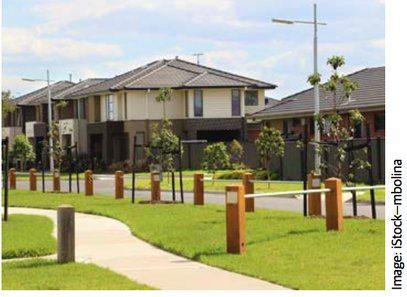When energy assets were being sold off, many politicians thought that people would blame the industry for any problems, not governments. Sorry guys. Everyone knows you write the rules and supposedly enforce them.
So governments are finally acting, after blackouts, skyrocketing prices and evidence that vulnerable households are worst affected. This is a crisis for neoclassical economics, which has driven energy (and other) reforms based on competition and ‘light-handed’ regulation.
The energy market is basically working the way it was designed to: high prices signal the need to invest in more supply capacity—and energy efficiency has never been on the agenda.
Businesses exploit weak regulation and lack of enforcement to capture profit and shift costs onto others. The recent coal power station closures and high gas prices have really been the first test of the market’s design: it has failed.
Business and households both prefer stable, predictable, affordable energy costs and increasingly they simply can’t function without reliable electricity supply.
Gas consumers have been lulled into complacency by extremely low prices for decades. They have been stunned by the effects of suddenly opening up gas markets to international prices, combined with exploitation of local shortages by gas suppliers.
There is now a flurry of activity. States are reinforcing supply and adding storage capacity. Rooftop solar and new large-scale renewable energy are both booming.

The Australian Renewable Energy Agency (ARENA) and Australian Energy Market Operator (AEMO) have bypassed the energy market to set up a long-overdue demand response mechanism.
Consumers who agree to cut back power usage at critical times will be paid for their efforts. This was first called for by the 2002 Parer Review and energy policymakers have studiously avoided implementing it since then.
“It’s possible in most locations to meet the 6 Star regulations with measures that improve winter performance. But this means homes can still let in summer sun.”
ARENA has been swamped by offers. It was looking for 170 megawatts (MW) of demand response. Bidders have o ered 693 MW by December this year and 1938 MW by December 2018 (see www.bit.ly/2x2DYBB). Why am I not surprised?
So summer power supply now seems secure. Indeed, South Australia may need less emergency generation capacity than expected. We should be using this short-term breather to invest aggressively in energy efficiency, to lock-in lower demand and lower energy costs. No guarantees on that though, given past performance.
Source: This was first published in ReNew (Alternative Technology Association). Reproduced with permission of the author.








